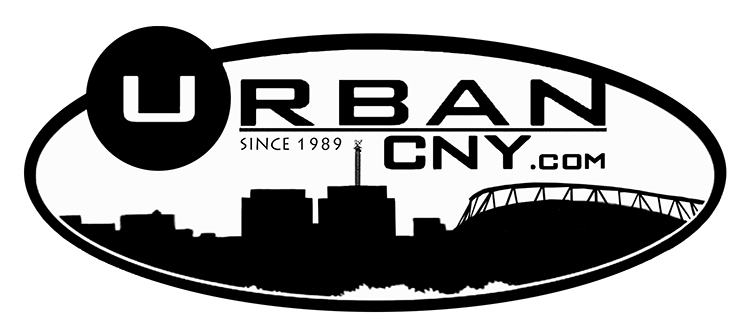As I interviewed and listened to people of the Que Reunion reminisce about the past, it dawned on me that this group of black men and women endured the hardship of segregation the indignity of the Jim Crow south are in fact the African-American community’s greatest.
Some traveled across the country to a place that they’d only heard about in conversations “back home.” But they picked up roots of generations and made it to Syracuse, New York – the land of manufacturing opportunity.
What was here when they arrived was a tightly packed, close-knit black community – its own community with newspapers, record stores, restaurants everything you’d find today on Westcott Street or the James Street business district. Retired long-time Onondaga County Legislator Clarence “Junie” Dunham summed up the sense of community in the old 15th Ward: “Everybody knew everybody and every family knew every family.”
These families and individuals didn’t sit around and wait for something to happen. They made it happen. Upon arrival in Syracuse, people would be amazed at how quickly they could find work. It was hard work and in many cases work that many whites had refused to do in the hot iron foundries and on dangerous factory floors that once dotted the urban landscape.
They shared things like toys and parenting responsibilities – even refrigerators. But when you see these senior citizens today they don’t whine or complain at what wasn’t done for them. These elders of Syracuse beam with pride about what they were able to do for themselves.
Yes, there were hardships. Yes, there was discrimination. But what they knew they had in a little subsection of the City of Syracuse was a loving, caring and vibrant community. And they built it without Community Development or Empire Zones or proclamations from the mayor.
Us younger folk carry around the yoke of the past as if we just got off a slave ship. While our parents and grandparents didn’t have time for pity or blame they had a community to build. That’s why they’re the Greatest Generation.








